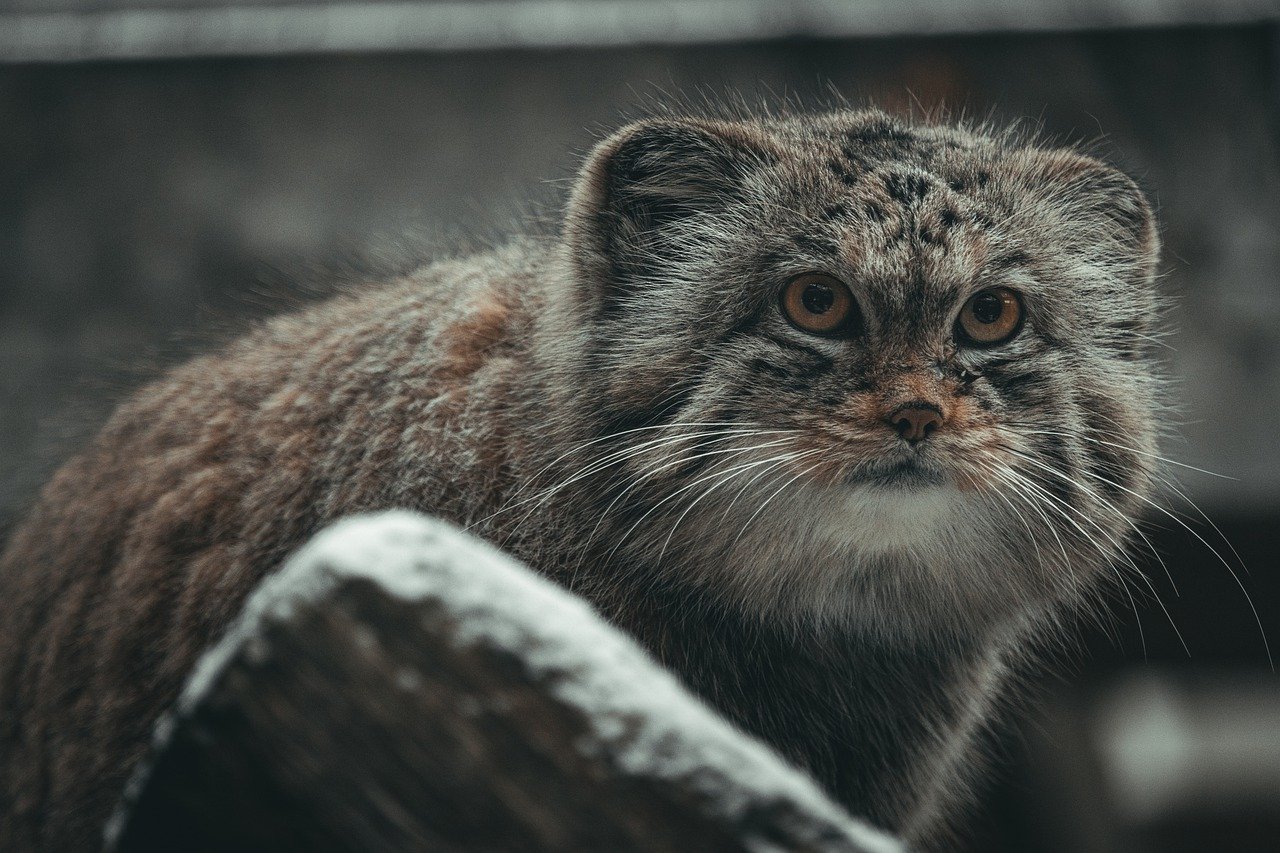What Are the Threats to Pallas Cat Populations
The Endangered Pallas Cat Populations: Urgent Call for Conservation Efforts
 The Pallas cat, also known as the manul, is a small wild cat species native to the grasslands and steppes of Central Asia. Despite its unique appearance and ecological importance, Pallas cat populations are facing numerous threats that put their survival at risk. In this article, we will explore the main threats to Pallas cat populations and discuss the implications for their conservation.
The Pallas cat, also known as the manul, is a small wild cat species native to the grasslands and steppes of Central Asia. Despite its unique appearance and ecological importance, Pallas cat populations are facing numerous threats that put their survival at risk. In this article, we will explore the main threats to Pallas cat populations and discuss the implications for their conservation.
Habitat Loss and Fragmentation
One of the primary threats to Pallas cat populations is habitat loss and fragmentation. The expansion of agriculture, urbanization, and infrastructure development has resulted in the destruction and degradation of their natural habitats. As grasslands are converted into croplands or grazing areas for livestock, the Pallas cat’s habitat shrinks, leaving them with limited space to roam and find prey.
Furthermore, the fragmentation of their habitat due to roads, fences, and other barriers isolates Pallas cat populations, leading to reduced genetic diversity and increased vulnerability to diseases. Fragmentation also disrupts their natural movement patterns and makes it difficult for them to find suitable mates, which can further impact their population dynamics.
Poaching and Illegal Wildlife Trade
Poaching and illegal wildlife trade pose significant threats to Pallas cat populations. The beautiful fur of Pallas cats has made them a target for the fur trade, with their pelts being highly sought after in some regions. Despite international regulations and bans on the trade of Pallas cat fur, illegal hunting and trafficking continue to persist.
In addition to fur trade, Pallas cats are also captured for the exotic pet market. Their unique appearance and perceived rarity make them desirable pets for some individuals. However, the capture and captivity of Pallas cats not only disrupt their natural populations but also often results in poor welfare conditions for the animals.
Climate Change
Climate change is another significant threat to Pallas cat populations. The grasslands and steppes of Central Asia, which are the natural habitats of Pallas cats, are experiencing changes in temperature and precipitation patterns. These changes can affect the availability of prey species and alter the vegetation composition, ultimately impacting the Pallas cat’s ability to find food and suitable shelter.
Furthermore, climate change can also lead to the expansion of deserts and the encroachment of human settlements into previously uninhabited areas. This further exacerbates habitat loss and fragmentation, making it even more challenging for Pallas cats to survive in their natural habitats.
Human-Wildlife Conflict
Human-wildlife conflict is a significant threat to Pallas cat populations, particularly in regions where their habitats overlap with human activities. Pallas cats are often seen as a threat to livestock, and as a result, they are sometimes targeted by herders who perceive them as a nuisance.
Retaliatory killings and poisoning campaigns are common methods used to eliminate Pallas cats that are believed to be preying on livestock. However, such actions not only harm the Pallas cat populations but also disrupt the delicate balance of the ecosystem, as these cats play a crucial role in controlling rodent populations.
Conservation Efforts
Despite the numerous threats faced by Pallas cat populations, there are ongoing conservation efforts aimed at protecting and preserving these unique wild cats. Several organizations and governments are working together to address the key challenges and implement conservation strategies.
One such initiative is the establishment of protected areas and national parks that encompass Pallas cat habitats. These protected areas provide a safe haven for the cats and help mitigate the impacts of habitat loss and fragmentation. Additionally, efforts are being made to raise awareness about the importance of Pallas cats and the need for their conservation.
Research and monitoring programs are also crucial for understanding the population dynamics and behavior of Pallas cats. By studying their habitat requirements, movement patterns, and genetic diversity, conservationists can develop targeted strategies to protect and restore their populations.
Summary
Pallas cat populations face a range of threats, including habitat loss and fragmentation, poaching and illegal wildlife trade, climate change, and human-wildlife conflict. These threats not only endanger the survival of Pallas cats but also disrupt the delicate balance of the ecosystems they inhabit. However, through conservation efforts such as the establishment of protected areas, research and monitoring programs, and raising awareness, there is hope for the long-term survival of these unique and fascinating wild cats.
Read More About Pallas Cats From Wikipedia



